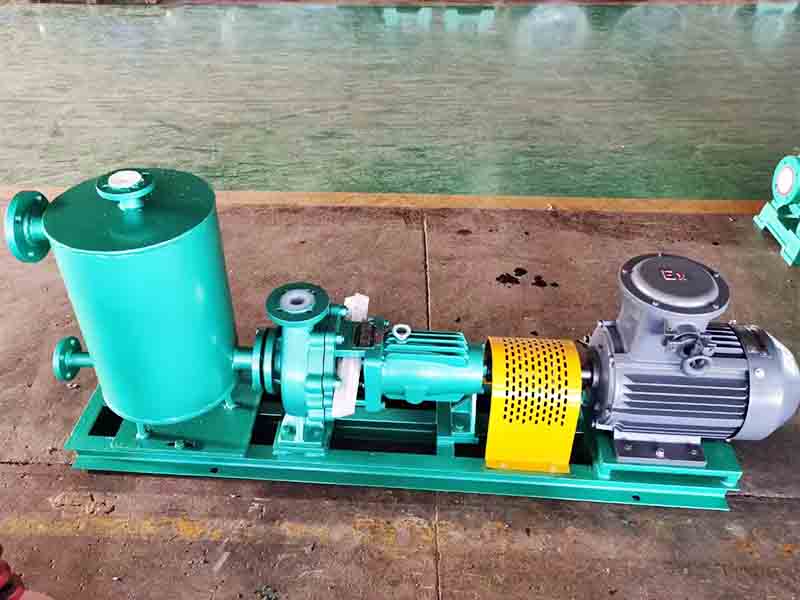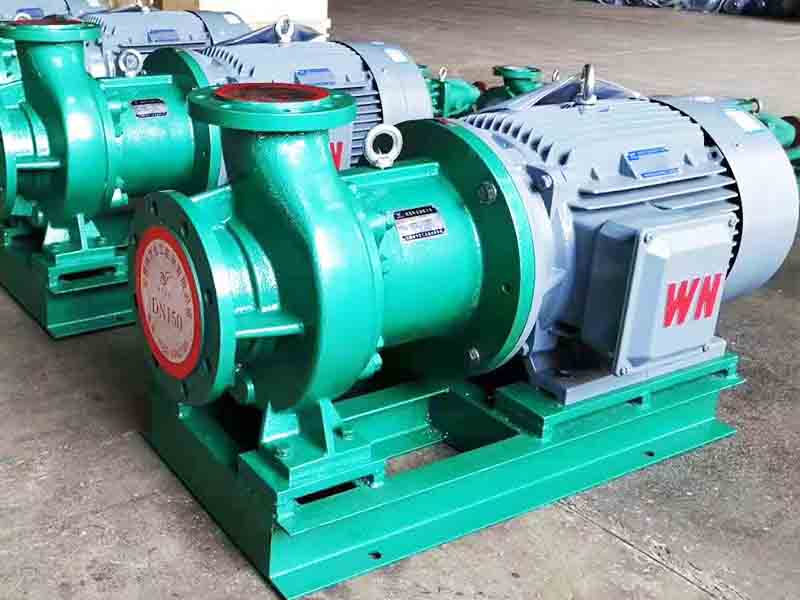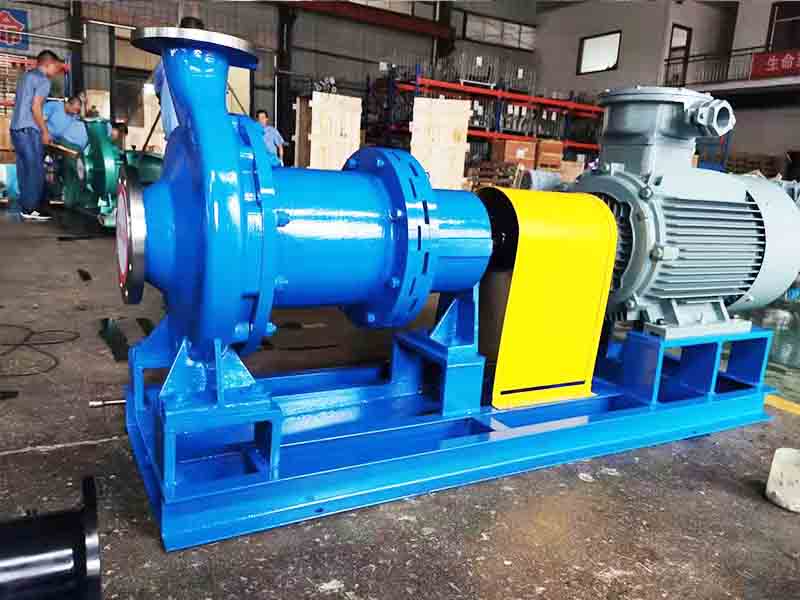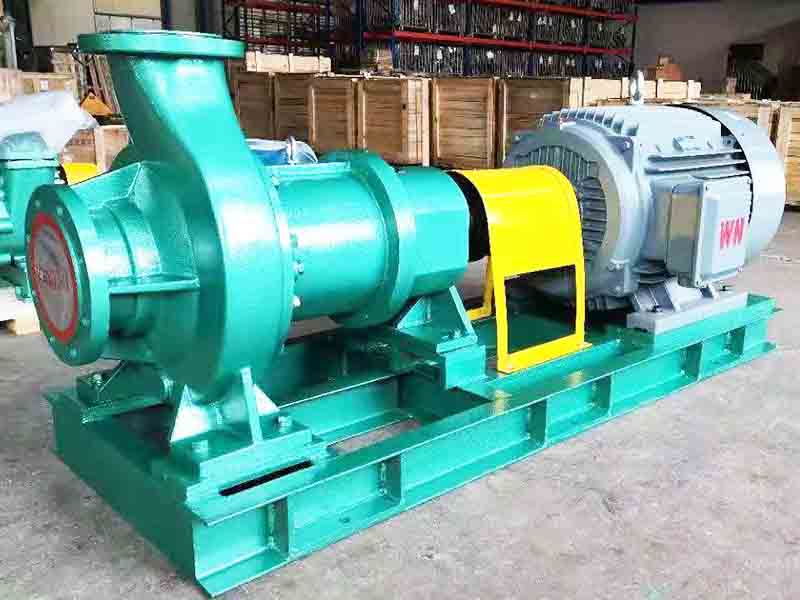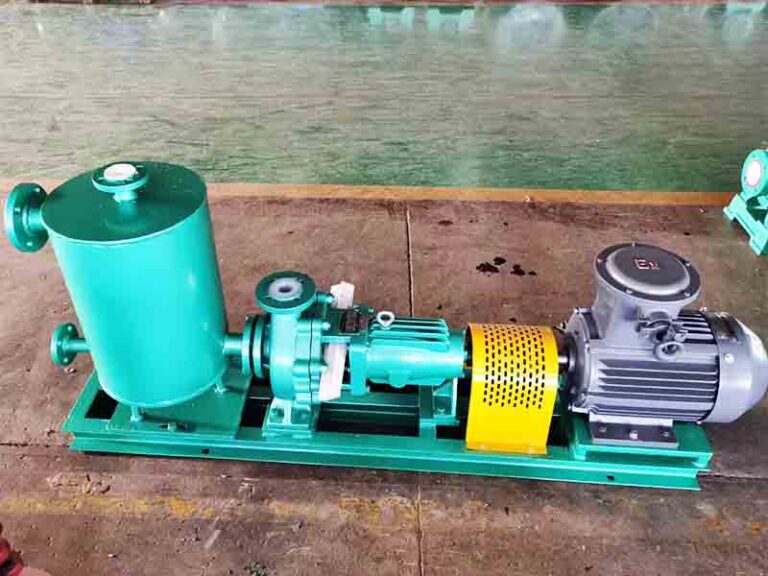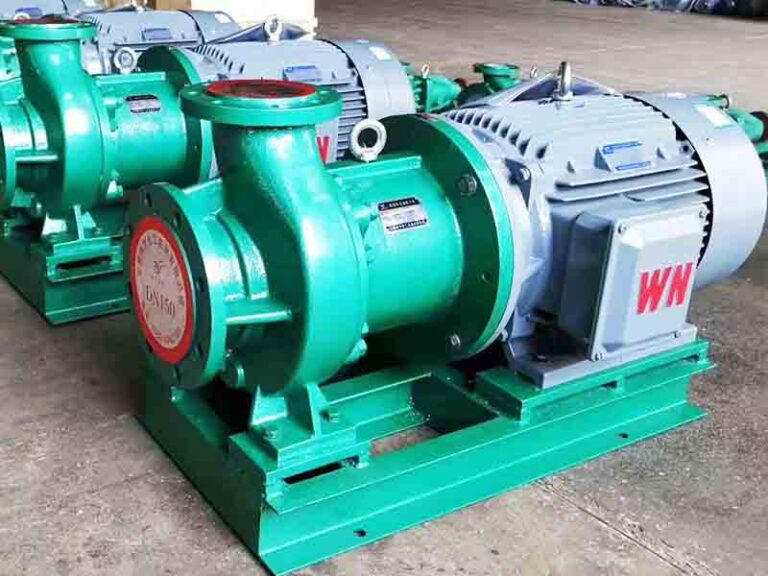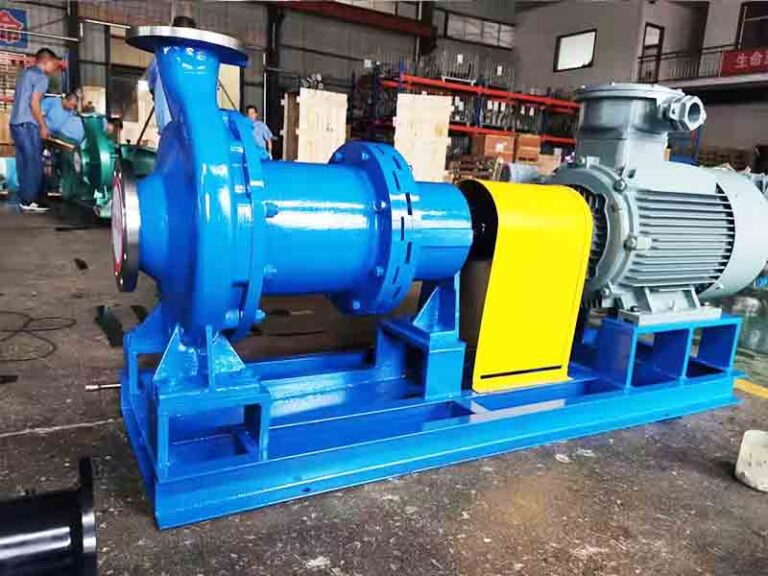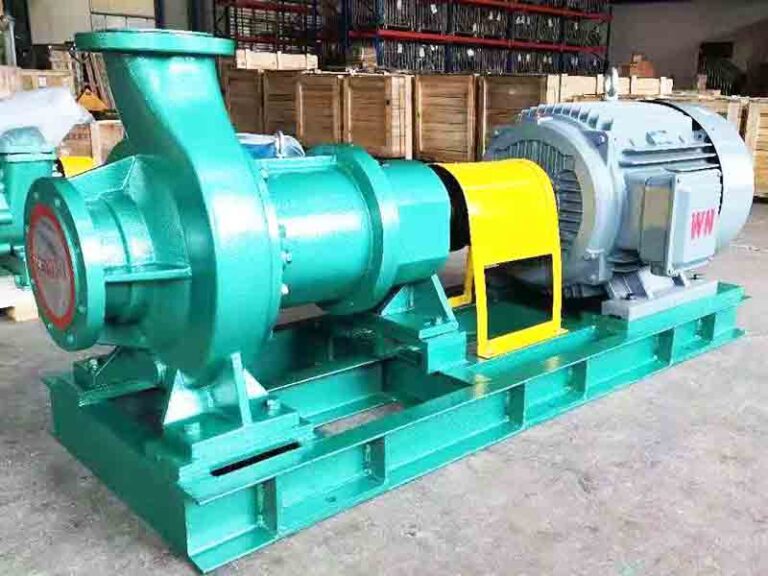In industrial production, pumps play a crucial role, from transporting chemical materials to circulating energy media and treating wastewater. Their stable operation is essential for smooth production and achieving business goals. Like all precision equipment, pumps require regular maintenance and inspection to stay efficient and reliable.
Pump Health Monitoring Overview
What is Pump Health Monitoring
Pump health monitoring is the process of continuously monitoring a pumping system through advanced sensors, data acquisition systems and analysis tools. Its core objective is to assess pump performance in real time, capture anomalies in operation, and accurately predict potential failures. For example, in petrochemical companies, with the help of sensors installed in key parts of the pump body, vibration, temperature, pressure and other data can be collected in real time, and then analyzed in depth by professional software, so as to provide the maintenance team with accurate information on the operating conditions of the equipment.
Purpose and advantages of monitoring
This proactive monitoring tool enables maintenance personnel to intervene in a timely manner to avoid unplanned downtime. Through the analysis of monitoring data, maintenance schedules can be optimized to reduce unnecessary maintenance work while extending the service life of pumping equipment. According to statistics, the use of effective pump health monitoring system, can make the equipment unplanned downtime reduced by more than 40%, maintenance costs reduced by 30%.
The Importance of Pump Health Monitoring in Industrial Applications
Enhancing Operational Efficiency
Regular pump health monitoring is key to maintaining efficient operation. Through continuous monitoring of performance indicators such as flow, pressure, temperature and vibration, problems can be quickly located and repaired. In the case of a sewage pump in a wastewater treatment plant, for example, when an abnormal drop in flow rate is detected, it can be quickly investigated for clogged pipes or worn impellers, ensuring that the pump is always operating at its best efficiency point (BEP), effectively reducing energy consumption and operating costs.
Preventing Downtime and Failure
In a manufacturing organization, an unexpected pump failure can bring an entire production line to a standstill. Frequent health monitoring anticipates maintenance needs and resolves potential problems before they lead to breakdowns. For example, in a food and beverage production line, real-time monitoring of pumps conveying raw materials can schedule maintenance as soon as an abnormally high bearing temperature is detected, avoiding production interruptions and product loss due to equipment failure.
Extending Pump Life
Routine monitoring and maintenance helps extend the service life of industrial pumps. By detecting early wear or damage to components in a timely manner, targeted measures can be taken to prevent the problem from worsening and to ensure that the pump operates stably over its designed service life. For example, regular inspection and replacement of pump seals can effectively prevent corrosion of the pump body caused by media leakage, thus extending the overall life of the equipment.
Ensure Safety and Compliance
In the chemical and pharmaceutical industries, pumps are often used to transport toxic and hazardous or flammable and explosive substances. Once the pump fails, it will not only cause production loss, but also may cause serious safety accidents and environmental pollution. Strict pump health monitoring can ensure the safe operation of equipment, in line with environmental regulations. For example, real-time leakage monitoring of pumps conveying hazardous chemicals can immediately initiate an emergency response once an abnormality is detected to avoid leakage of hazardous substances.
Cost Reduction
Pump health monitoring can accurately identify major faults in the system, significantly reducing the cost of expensive emergency repairs. At the same time, by improving the operating efficiency of the pump, it can also reduce daily operating costs. It has been estimated that efficiently operating pumps can save 20% – 30% of the total operating costs of a facility in electricity and maintenance costs each year.
Reduced environmental impact
Health monitoring can help pumps achieve green operation, reducing energy consumption and carbon emissions. In addition, the timely detection and treatment of leaks can effectively prevent the pollution of the environment by hazardous substances. For example, in the oil extraction industry, monitoring oil pumps can prevent damage to soil and water from crude oil spills.
Common Pump Health Monitoring Techniques
Vibration Analysis
Vibration analysis is an important means of detecting mechanical faults by measuring and analyzing pump vibration patterns. Vibration data is collected using acceleration sensors and analyzed by professional software to identify problems such as bearing defects, impeller imbalance and shaft misalignment. For example, when there are abnormal fluctuations in the vibration frequency of the pump, it may indicate that the bearings are about to fail and replacement needs to be arranged in time.
Leak Detection
Leak detection techniques include acoustic emission monitoring, pressure drop monitoring and infrared thermography. Acoustic emission sensors can capture high-frequency sound waves generated by leaks; pressure drop monitoring can determine whether there is a leak through system pressure changes; infrared thermography can locate leaks through temperature differences, which is widely used in the monitoring of gas transfer pumps.
Pressure Monitoring
Pressure sensors are installed at key locations in the pumping system to monitor fluid pressure in real time. Abnormal changes in pressure may indicate problems such as clogged filters, blocked pipes or worn impellers. For example, when there is a sudden drop in pump outlet pressure, it is necessary to check for pipe rupture or valve failure.
Temperature Monitoring
Monitor the temperature of critical pump components with a thermocouple or RTD temperature sensor. Abnormal temperature rise may be caused by insufficient lubrication, overheated bearings or excessive friction. During motor operation, if the winding temperature continues to rise, it may indicate motor overload or poor heat dissipation, which needs to be dealt with promptly.
Oil Analysis
Sampling and analyzing the oil in the lubrication system on a regular basis can provide insight into the wear and tear of bearings, gears and other components. Detecting contaminants, water and metal particles in the oil can detect component wear or poor lubrication problems in advance, and replace the lubricant or repair the components in time.
Electrical Monitoring
Utilizes current and voltage sensors to monitor electrical parameters of the motor. Abnormal power consumption may be suggestive of aging motor windings, overloads, or electrical imbalances. Continuous monitoring and comparison of electrical parameters with reference values can effectively prevent motor failure.
Ultrasonic Inspection
Ultrasonic testing, as a non-destructive testing technique, can detect cracks, cavities and other defects within pump components by emitting high-frequency sound waves and analyzing the reflected signals. Ultrasonic testing plays an important role in checking the structural integrity of pump casings and impellers.
Key Parameters In Pump Health Monitoring Systems
Vibration parameters
Vibration monitoring is an important basis for early detection of pump imbalance, misalignment or bearing wear. Continuously tracking trends in vibration data can effectively prevent catastrophic failures and extend pump life.
Temperature Parameters
Temperature monitoring of critical areas such as pump bearings and motors can help detect overheating problems in a timely manner. Abnormal temperatures are often an early warning sign of equipment overuse or mechanical failure and require high attention.
Flow and Pressure Parameters
Monitor fluid flow and pressure to ensure that the pump is operating within its design parameters. Abnormal fluctuations in flow and pressure may indicate a clogging or leakage problem in the system.
Leakage Parameters
Leak detection is a matter of operational and environmental safety. Detecting leaks and taking action in a timely manner can prevent loss of media, loss of efficiency, and potential safety hazards.
Motor Status Parameters
Monitoring the electrical parameters of the motor can effectively identify electrical and mechanical faults in the motor. By analyzing the changes in current, voltage and other parameters, motor failure can be predicted in advance to ensure the stable operation of the pump.
Conclusion
Pump health monitoring is an indispensable and important part of industrial production. Whether it is to improve operational efficiency, prevent failure and shutdown, or guarantee safety and reduce costs, health monitoring plays a vital role. Through the use of diverse monitoring technologies, real-time tracking and analysis of key parameters, enterprises can realize the efficient, safe and sustainable operation of pump equipment. In the development of industrial intelligence today, pay attention to and strengthen the pump health monitoring, will lay a solid foundation for the long-term development of enterprises, help enterprises in the fierce market competition to occupy an advantageous position.


